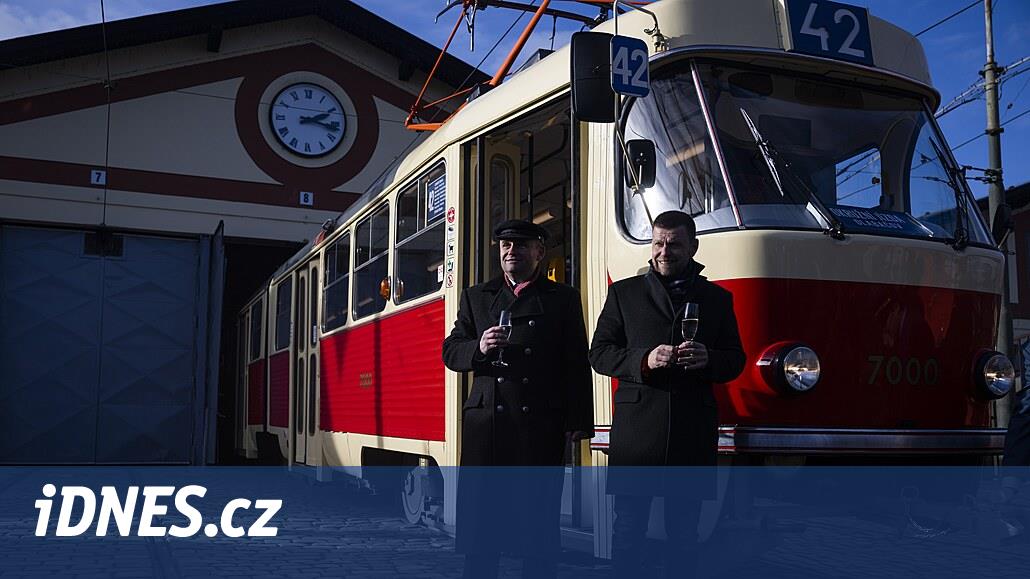A high-speed line can improve the availability of housing in Prague
Most people are willing to commute an hour at most. But in that time, in the morning or afternoon rush hour, you can only drive through Prague from one end to the other with luck. If you take advantage of, let’s say, the one in Ústí nad Labem and get a good job opportunity in Prague’s Chodov, you will have no choice but to move to Prague. But it costs money. Big money. Today, not everyone can afford to buy an apartment in Prague.
Therefore, in many cases, people prefer to work in the region, although they could earn much more in a new job in Prague and acquire better know-how for their future business. High-speed lines could eventually solve this blocked situation and, as a result, also let off steam from the Prague real estate pot. People would continue to live at a greater distance from Prague and at the same time travel to the metropolis for work in a reasonable amount of time. As is the custom in many Western European cities. As a result, housing prices in the capital would no longer have to rise as rapidly as they have in recent years.
The most famous French train TGV PSE 16 stopped in Brno, Belmondo played on it
High-speed lines bring more job opportunities and more accessible education. People will be able to commute to work or school without purchasing expensive housing in the given locations. And the construction of high-speed lines itself will bring new job opportunities.
For example, thanks to the construction of LGV Sud Europe Atlantique in France, up to 13.7 thousand new jobs were created. The Pays de la Loire region saw the creation of up to 21,600 new jobs eight years after the start of operations. Thanks to the construction of the Lille Europe station in the north of the country, 1,120,000 square meters of new office space, a number of apartments and a total university have been created in the area in the last 25 years.
It is also expected that the introduction of high-speed railways in the Czech Republic will become a solution to the current congestion of the existing conventional lines. Transport there will be faster, more punctual and smoother. The easing will be reflected in both passenger and freight transport, as well as in air and road transport, which is also heavily congested. These conclusions have already been demonstrably confirmed with the French TGV high-speed trains, thanks to which there was a decrease in domestic air traffic by 24 percent and passenger road traffic by eight percent.
High-speed line advantageous competitiveness of rail transport against air and road transport. Other carriers will thus have to take into account another equal player, who also has the potential to influence the behavior of passengers.
The author is the chairman of the board of the Chamber of Commerce m of Prague



